If you experience pain in your bottom teeth, you should visit a dentist. Your dentist will be able to diagnose the cause of the pain and provide solutions. If you have pain in your bottom teeth, you should know that the last molars to erupt are the Wisdom teeth. These are the longest and are responsible for the ‘deep bite'. If your top teeth cover a lot of your bottom teeth, this can result in a crooked smile.
Table of Contents
Crowded bottom teeth
Tooth crowding on the bottom can be embarrassing and create a lot of problems. These crowded teeth are difficult to clean between, make you self-conscious, and can even lead to oral health problems. Fortunately, there are some ways to correct the crowding of your bottom teeth. Here are a few of them. Read on to learn more! But first, let's define what crowding is and what causes it.
Tooth crowding can cause your bottom teeth to protrude. These teeth will rub against your upper teeth, causing uneven wear and tear to your enamel. As a result, you'll likely suffer from tooth chipping and loss of tooth enamel. You may also suffer from headaches and muscle aches that are unrelated to the crowding. Fortunately, there are several treatments for tooth crowding that will fix your problem quickly and efficiently.
The most common method for treating crowded teeth is braces. There are different types of braces depending on the extent of the crowding. Metal braces are fixed, and ceramic braces are clear and tooth-colored. If your teeth are extremely crowded, you can choose to have braces made of ceramic, which matches the color of your teeth. Metal braces are only available to children in public healthcare centres. The braces put pressure on your teeth and gently move them back into position.
‘Deep bite' occurs when upper teeth cover too much of bottom teeth
A deep bite is a common dental problem, in which the front three or four teeth cover too much of the bottom three. This is often referred to as an “overbite,” and it can cause many oral health problems. Because the teeth overlap, they cut the gums on the opposite side of the mouth, loosening the tissue that holds the teeth in place. If left untreated, a deep bite can eventually lead to tooth loss and sores on the roof of the mouth. Fortunately, there are many effective treatment options available to correct a deep bite.
While genetics are not a sure-fire cause of a deep bite, many people have it as a result of incorrect growth of their jaws. People with a deep bite tend to have shorter lower jaws, making their top teeth overlapped behind their bottom ones. Overbite can also be caused by poor oral health later in life, including teeth grinding and clenching. Overbites can damage the teeth and can lead to jaw pain, headaches, and poor oral health.
While most deep bites are treatable through braces or clear aligners, more severe cases may require surgery. In rare cases, a doctor will reposition the jaw to correct the overbite. To improve the bite, it's important to get an early evaluation by an orthodontist. Early diagnosis is crucial to avoiding more serious problems later. You might be able to avoid jaw surgery and tooth extraction if you address the problem early.
Wisdom teeth are the last teeth to erupt
The wisdom teeth are the last set of molars to erupt in adults. Unlike their predecessors, these teeth don't develop in the proper way, and they can become impacted on the teeth in the mouth. This can lead to tooth pain, gum disease, and even other dental problems. In these cases, dentists and oral surgeons will often recommend extraction of the impacted teeth.
These molars usually start to erupt in late adolescence or early adulthood, but not everyone experiences this exact timing. While most people have the opportunity to erupt their wisdom teeth, others do not. Because they erupt at different rates, the process can take years. If the impacted wisdom tooth is not removed, it can cause additional damage to the jawbone and other teeth.
For most people, wisdom teeth emerge between ages 17 and 25. When they are still developing, these teeth may line up with the other teeth behind the second molars. In some cases, however, crowded mouths prevent the normal development of the third molar, causing it to get trapped. This can lead to crowding and even orthodontic treatment. This is why it is so important to seek treatment for wisdom teeth as early as possible.
While the erupting teeth will likely only cause minor discomfort, it's best to avoid getting them impacted. They will eventually start causing problems, including pain, inflammation, and infection. Sometimes, impacted wisdom teeth are completely missing, or they will only erupt partially. In either case, you should visit the dentist for a professional examination. The problem could be minor. Then again, if they are impacted, it could lead to a major dental emergency.
Canines are the longest
The incisors are the long, sharp teeth on the front of the mouth. They help cut and chew food. Despite their name, the incisors are the only teeth in the mouth used for chewing, so they are not used much for eating. The canines, on the other hand, are the longest teeth in the human mouth. They have a long root and a single pointy cusp.
Primary canines begin to appear at around 16 to 20 months. By age nine, the crown and enamel of the mandibular canine are completed. The mandibular canine is the longest bottom tooth in a human's mouth, and its roots are longer than those of the upper canines. However, mandibular canines are narrower than their maxillary counterparts.
The canine teeth are more sturdy than the incisors. The offset between these two sets of teeth allows for a more efficient bite. However, improper positioning of the canines may lead to a lower-quality bite. Your dentist can recommend treatment that helps to align these teeth. Often, these problems are corrected on their own. If you notice a tooth in an incorrect position, you should see a dentist right away.
Human canines are the longest of the bottom teeth. They project outward from the rest of the teeth and allow a rotary chewing action. Humans have four canines – one on each side of the incisors. Their oversized roots allow them to create a bulge in the upper jaw, which helps support the corner of the lips. However, they are not as long as the incisors.
Premolars are the biggest
Like molars, premolars are the biggest bottom teeth in an adult's mouth. But unlike molars, which are arranged in groups of three, premolars erupt at an earlier age. Adults normally have a total of twelve molars in their mouth, whereas the premolars appear around the age of six or seven. The two main groups are called six-year and twelve-year molars.
The anatomy of a premolar is very similar to that of a molar, but they are smaller and do not have a ridge on top. They also have one to two roots firmly implanted in the bone, where they act as anchors for the rest of the teeth. Despite their smaller size, premolars are important for chewing, as they can grind nearly any food.
Premolars are located right in front of the molars. While they are not as sharp as molars, they help chew food and are vital to maintaining the shape of our face. They also can withstand enormous amounts of pressure. This is one of the main reasons why you should brush your teeth regularly. They can even help you floss! That's because they're so useful. If you're in the market for some dental implants, you'll be able to get a great deal of information on them online.
In addition to molars, your mouth contains four canines. These sharp, pointed teeth sit next to your incisors and are responsible for chewing food. Baby canines come in between 16 months and twenty months. However, the lower ones appear first. Your adult canines emerge in the opposite way. Eventually, they poke through your gums around age nine or twelve. There are also eight premolars in your mouth.
Underbite
Underbite of the bottom teeth is a common dental problem that can affect the way a person speaks and smiles. This dental condition is also known as prognathism or Class Three malocclusion. The lower teeth stick out farther than the upper front teeth. Although a mild case of underbite can't be seen, severe cases can cause the lower teeth to stick out far. If left untreated, an underbite can lead to pain in the mouth.
Treatment for an underbite can include tooth extraction or other cosmetic dentistry procedures. Tooth extraction may be a first-line treatment or a combined approach with orthodontic jaw surgery. During orthodontic jaw surgery, the surgeon will split the lower jawbone and reposition it to make the lower teeth fit more comfortably together. In severe cases, this procedure may be necessary if the person has cleft lip and palate. In most cases, however, other methods can be used to fix an underbite.
For mild cases of underbite, tooth extraction may be necessary. This surgical procedure can relieve pressure on the jaw by relaxing it naturally. Other surgical procedures are available, including surgery to move the upper jaw forward and the lower jaw back. In either case, the procedure is low-risk and requires about six to twelve weeks to recover. A dentist may suggest a reverse-pull face mask to gradually realign the jaw. It's best to undergo this procedure while the child is still developing. Growing teeth are more flexible than their lower counterparts, and this can correct underbite.



 The Diversity of Mouth Bacteria and the Role of Oral Hygiene
The Diversity of Mouth Bacteria and the Role of Oral Hygiene 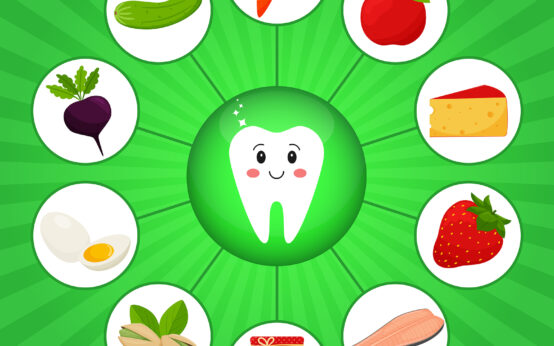 Healthy Teeth and Gums
Healthy Teeth and Gums 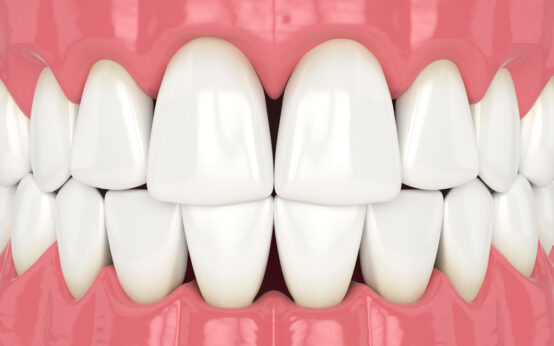 Which is the Best Way to Whiten Teeth at Home?
Which is the Best Way to Whiten Teeth at Home? 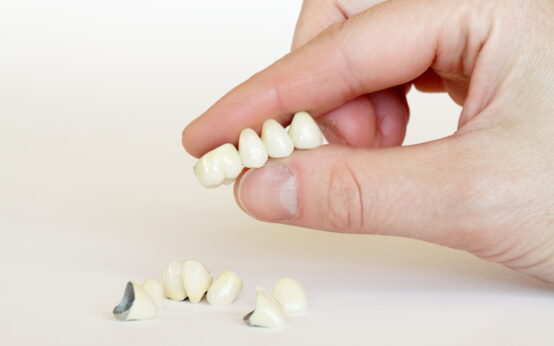 Tooth Crown Materials
Tooth Crown Materials 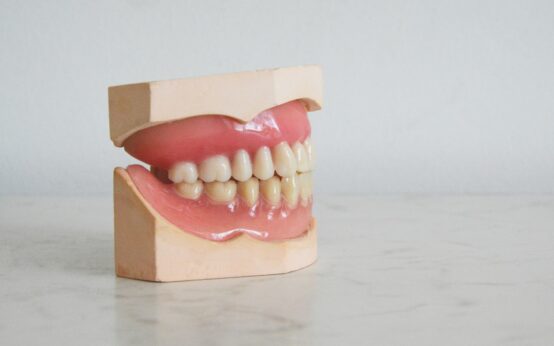 Tooth Decay – Symptoms and Treatment For Tooth Decay
Tooth Decay – Symptoms and Treatment For Tooth Decay 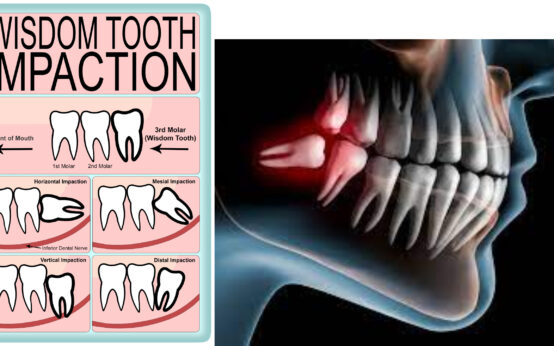 How to Prepare for a Wisdom Teeth Consultation
How to Prepare for a Wisdom Teeth Consultation